Porites lutea Facts
- The short and simple term of Porties lutea serves as the official scientific name of a variety of stony coral that’s evolved a unique behavioral pattern. For the moment, this marvel of Nature and evolution has no generally accepted common name.
- It held other scientific names in the past, though. The one it holds now is attributed to the combined work of two researchers. The scientists holding that scientifically noteworthy claim are the French researchers Henri Milne-Edwards and Jules Haime.
- This natural beauty represents only 1 of the more than 500 species placed within its genus. While it naturally bears many similarities to its relatives, it stands out due to the way in which it forms itself over time. That manner also makes for a remarkable sight.
- Fortunately, for the moment, this intriguing creature of the oceans appears to be maintaining a population base that’s both sizeable and stable. This further seems to hold true throughout the entirety of the known natural range of the Cnidarian.
- The IUCN, therefore, currently lists the Porites lutea as Least Concern on its Red List of Threatened Species. The remarkable animal does nevertheless faces certain potential threats. These naturally include habitat loss and the ongoing effects of climate change.
Related Articles
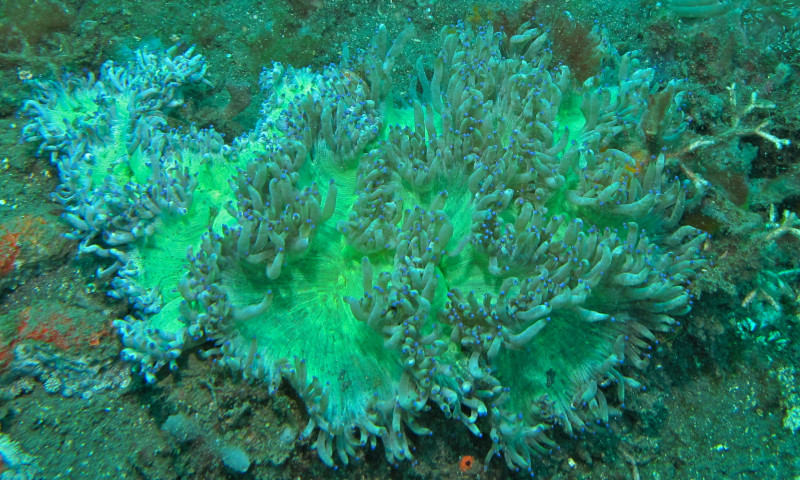
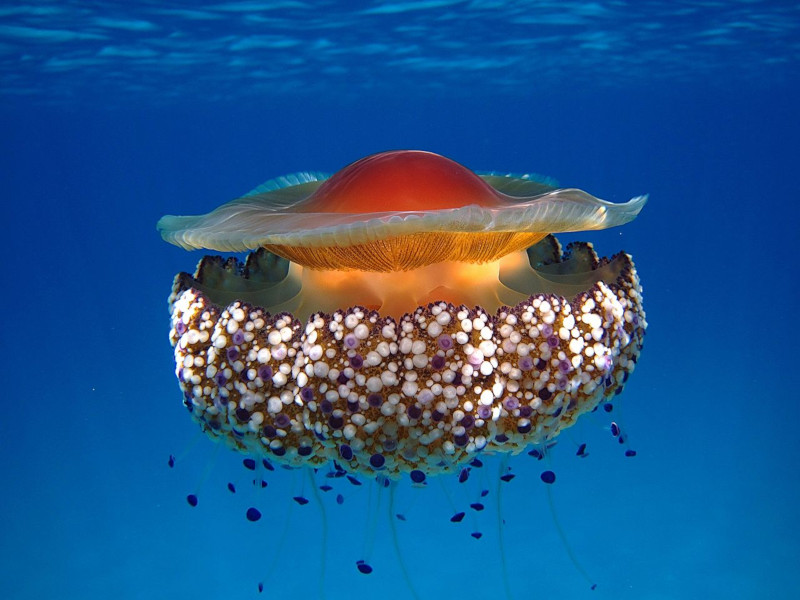
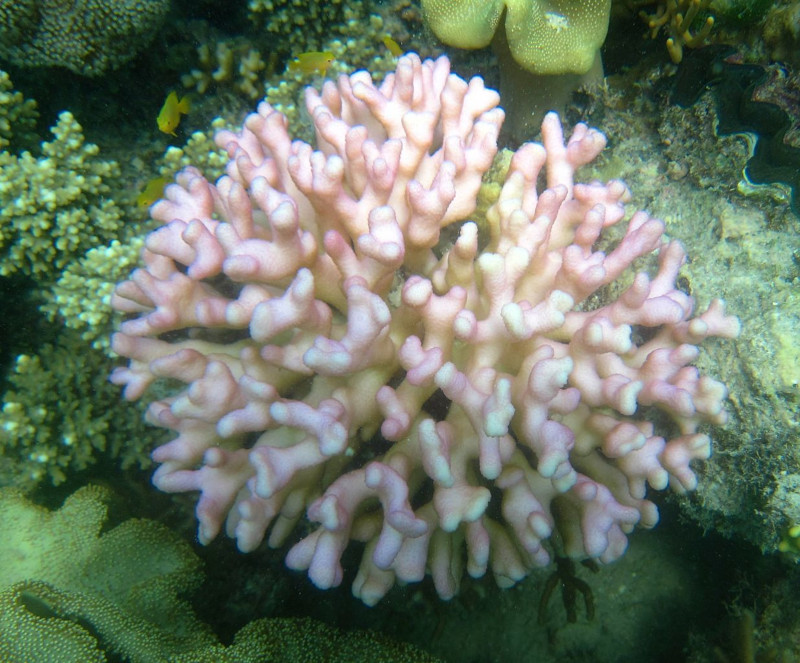
Porites lutea Physical Description
Like the vast majority of its kindred, the amazing Porites lutea evolved as a coloial creature. It therefore builds itself into massive shared structures. In the case of this specific species, however, those structures follow a general pattern, the reason for which remains unknown.
That’s because typically, the fascinating animal constructs either helmet-shaped colonies or hemispherical mounds. The sheer size of these structures further draw one’s attention. That’s due to the fact that these constructs attain diameters of as much as 13 ft (4 m).
The individuals creatures also build extremely close together, with the walls of each section being quite thin in nature. Most indivual specimens have a diameter of between 0.04 – 0.06 in (1.0 – 1.5 mm). The exterior of each structure also usually has a somewhat smooth texture.
The coloring of each composite construction of the Porites lutea also varies from site to site. Most commonly, though, this consists of either yellowish or a cream color. The precise location of each colony, however, often leads to the manifestation of other hues.
Due to this tendency, brighter shades do sometimes occur. These include a wide range of brighter colors. Such variations, though, most frequently appear when the colony appears in shallower waters. The precise reason for this, however, remains a bit of a mystery.
- Kingdom: Animalia
- Phylum: Cnidaria
- Class: Anthozoa
- Order: Scleractinia
- Family: Poritidae
- Genus: Porites
- Species: P. lutea
Porites lutea Distribution, Habitat, and Ecology
Fortunately, both for it, and for those of us who appreciate the beauty of Nature, the Porites lutea inhabits a relatively broad swathe of the globe. That’s due to the fact that its known habitat consists of much of the tropical portions of the Indo-Pacific Ocean.
More precisely, that range seems to begin near northern and eastern Australia. From there, it also spreads out to the waters around Japan, the Philippines, Indonesia, and Malaysia. It further extends its territory to as far as the east coast of Africa, and Madagascar.
Within that considerable expanse of oceans, though, its habitat preferences strongly limit the amount of territory it appears in. That holds true because the animal does not inhabit deep regions. It typically makes its home in regions such as lagoons and reefs.
These regions develop in what’s known as the tidal zone. That consists of the part of the ocean where it meets the land between the low and high tides. Here, the creatures frequently form structures often refered to as microatolls, remaining even if the animals die.
Such constructs generally contain the empty shells of deceased individuals located at or near the top of the mound or helmet-shaped colony. The living creatures, meanwhile, place themselves around the perimeter of the structure, as it grows, usually sideways.
Like its relatives, the Porites lutea feeds on a combination of algae living within their tissues, and small captured prey. The species also grows quite slowly, like others of its kind. The exact rate of growth, however, is strongly affected by the local environmental conditions.
Species Sharing Its Range
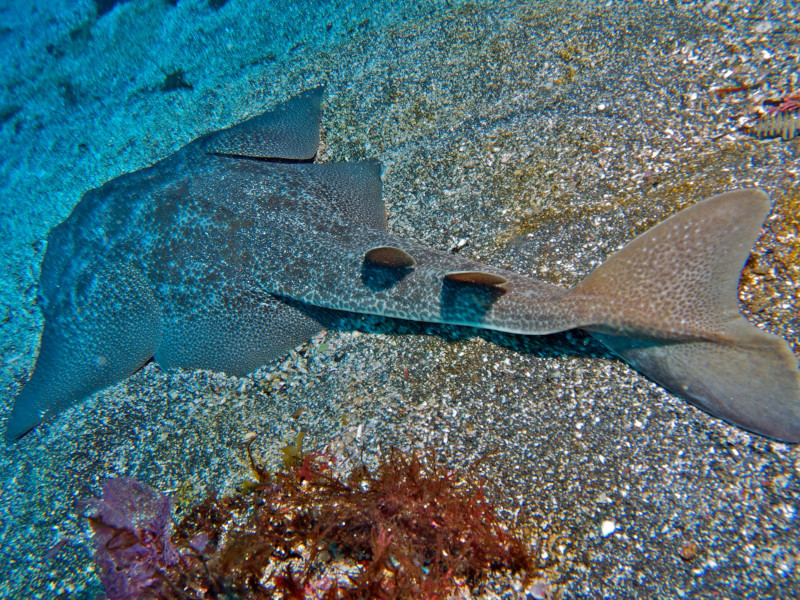
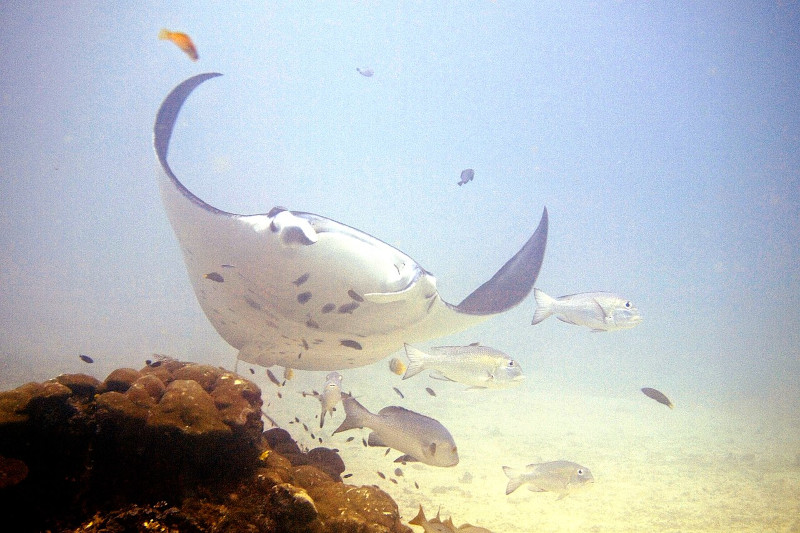
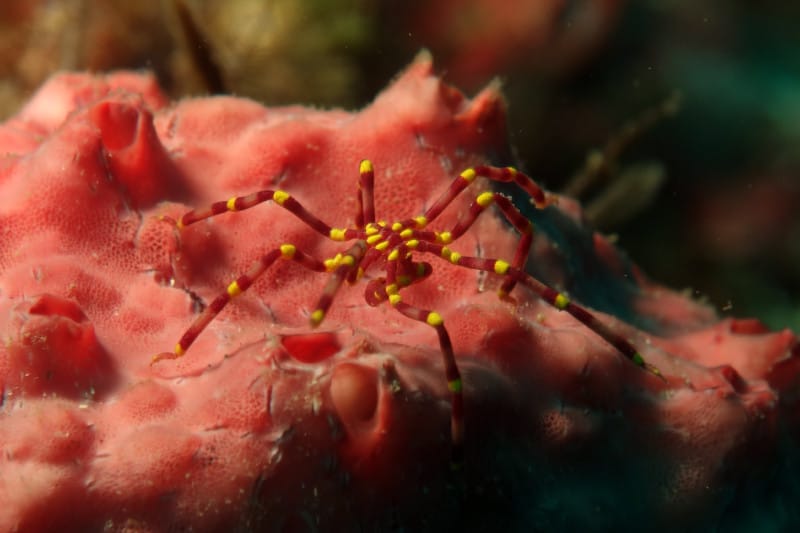
Check out our other articles on 4 Scintillatingly Shaded Snakes, Chinese Giant Salamander, New River, Swamp Wallaby, Muhure, Tufted coquette, Claudina Butterfly, Mata mata, Crocodilefish
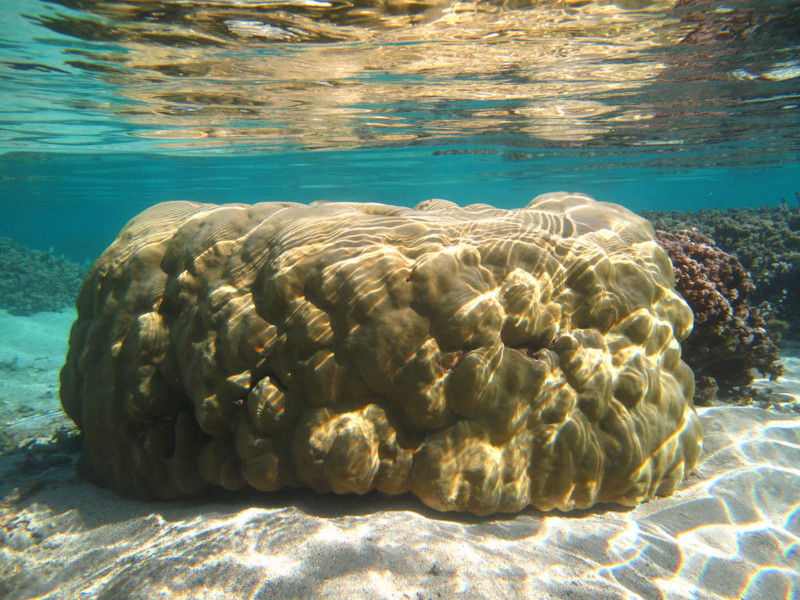
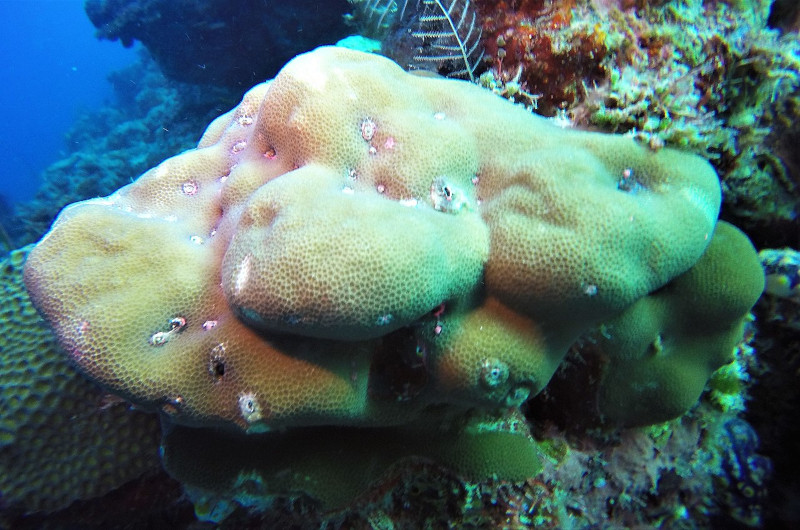
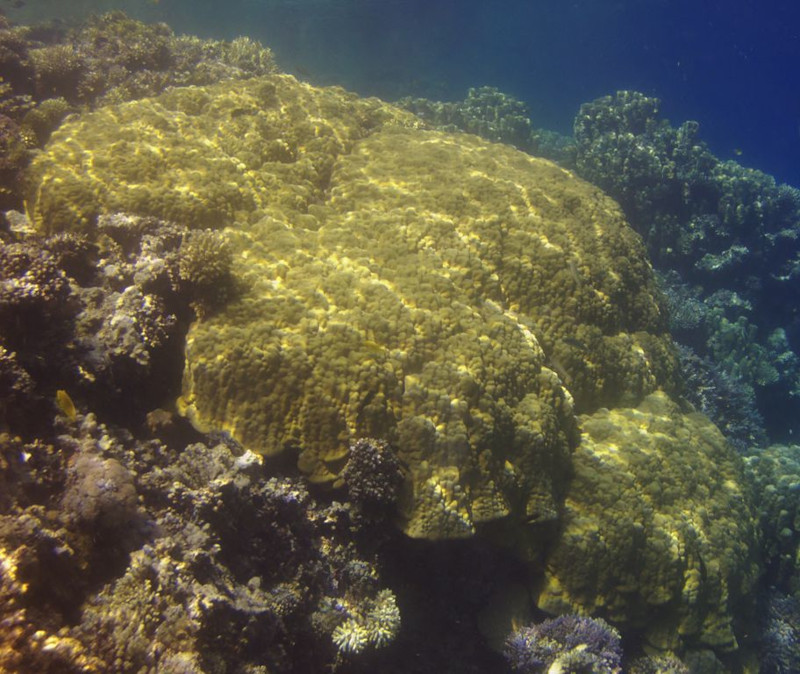









Leave a Reply